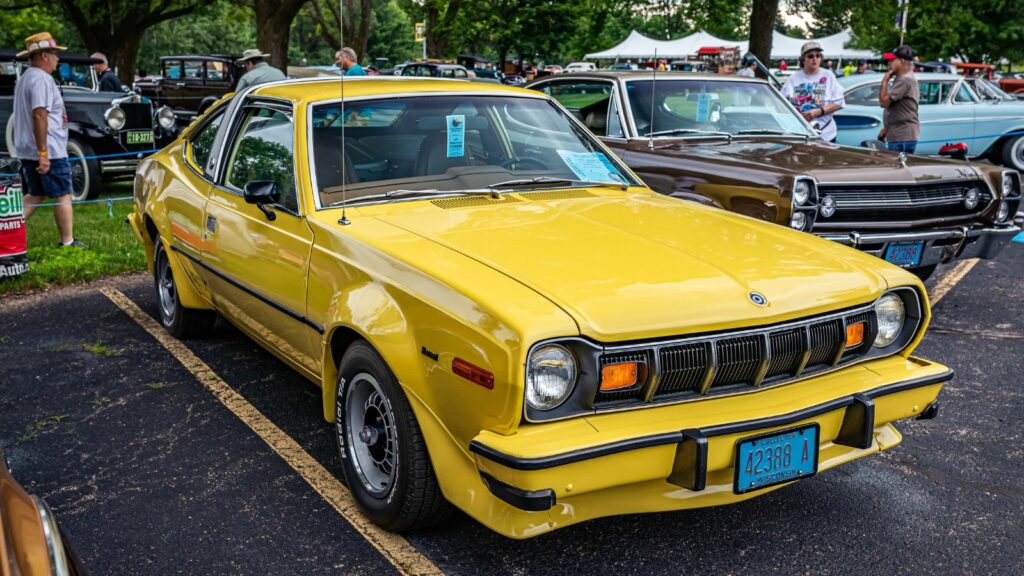Rust has always been the enemy of cars, but for some models it was practically built into the design. Poor quality steel, lack of rustproofing, and exposure to harsh North American winters turned certain vehicles into rolling piles of flakes before owners had the chance to enjoy them. While many were stylish or innovative on paper, their tendency to rot destroyed their reputations and wiped them off the roads. Here are 15 of the worst rust prone classics that once filled American and Canadian streets and why rust free survivors are worth a fortune today.
Ford Pinto
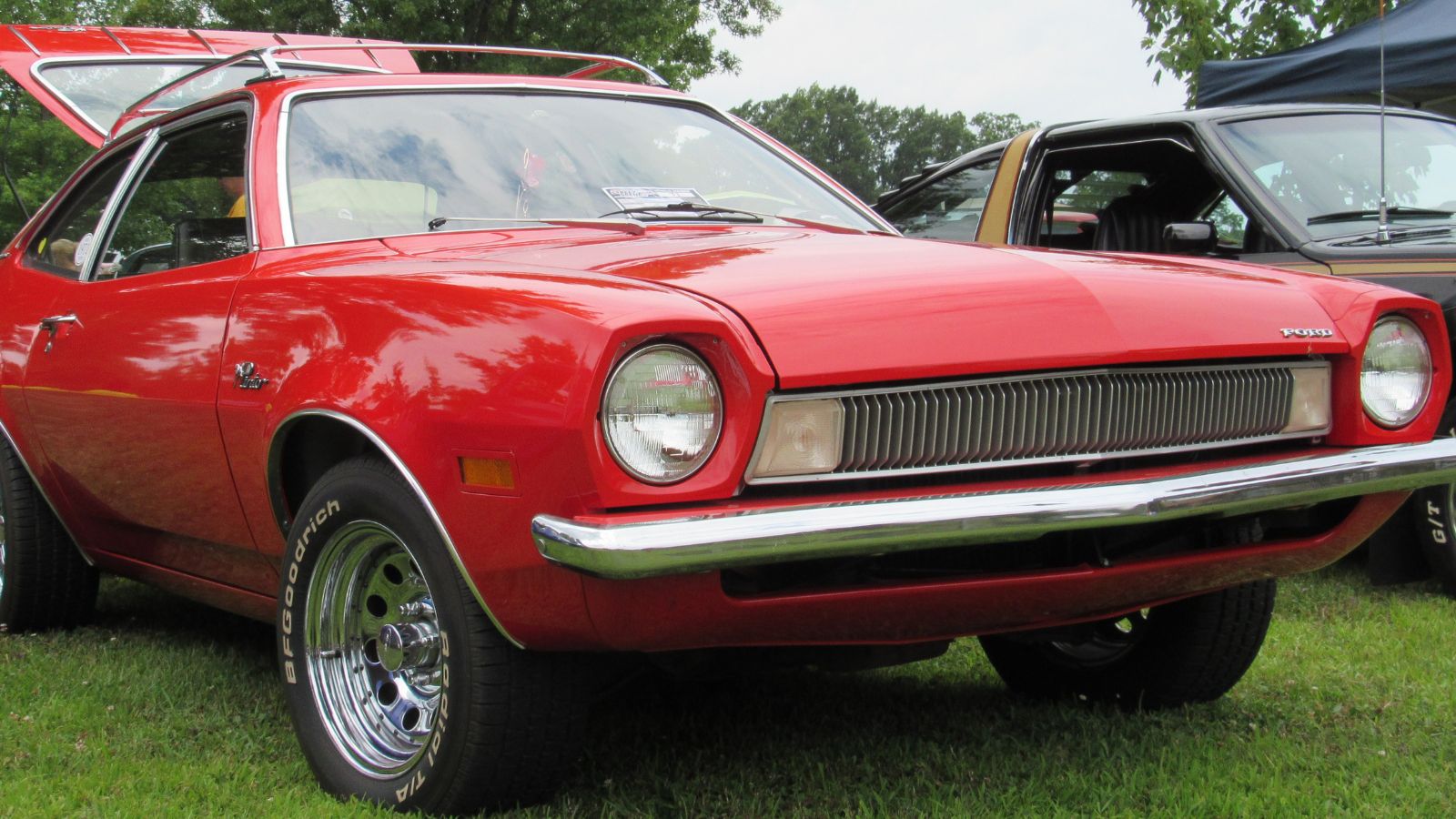
The Pinto, produced from 1971 to 1980, is remembered mostly for its fuel tank controversy, but its body did not fare much better. Fenders and rocker panels were notorious for dissolving within a few years, especially in northern states. Restoring one today often requires extensive panel replacement, which is why clean Pintos are surprisingly rare and valuable for collectors.
AMC Gremlin
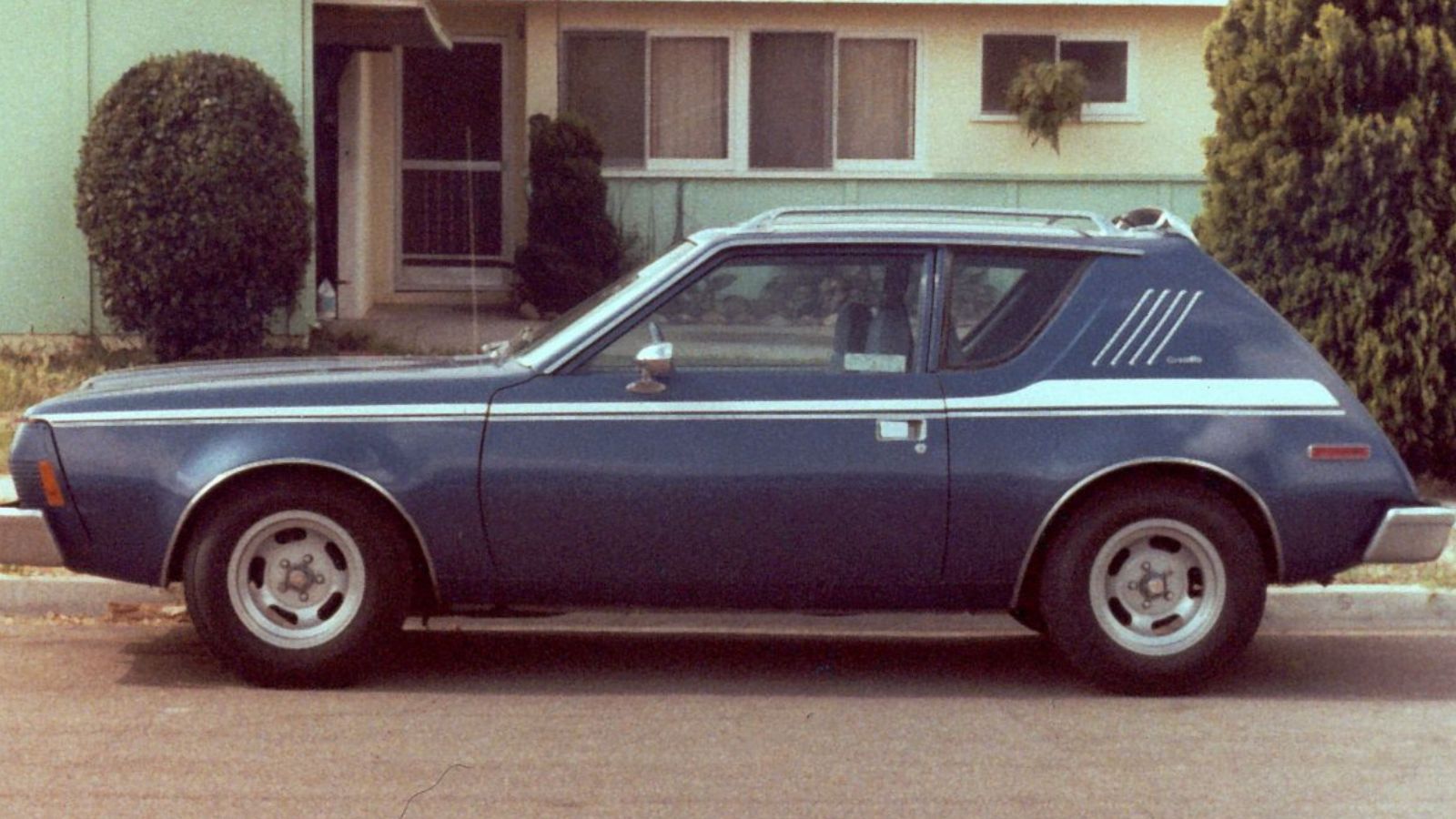
Quirky and affordable, the Gremlin gave AMC a shot in the compact market. Unfortunately, its seams and wheel arches became prime targets for corrosion. By the early 1980s, most Gremlins had either rusted out or were scrapped. Rust free examples now command higher prices simply because so few survived intact.
Chevrolet Vega
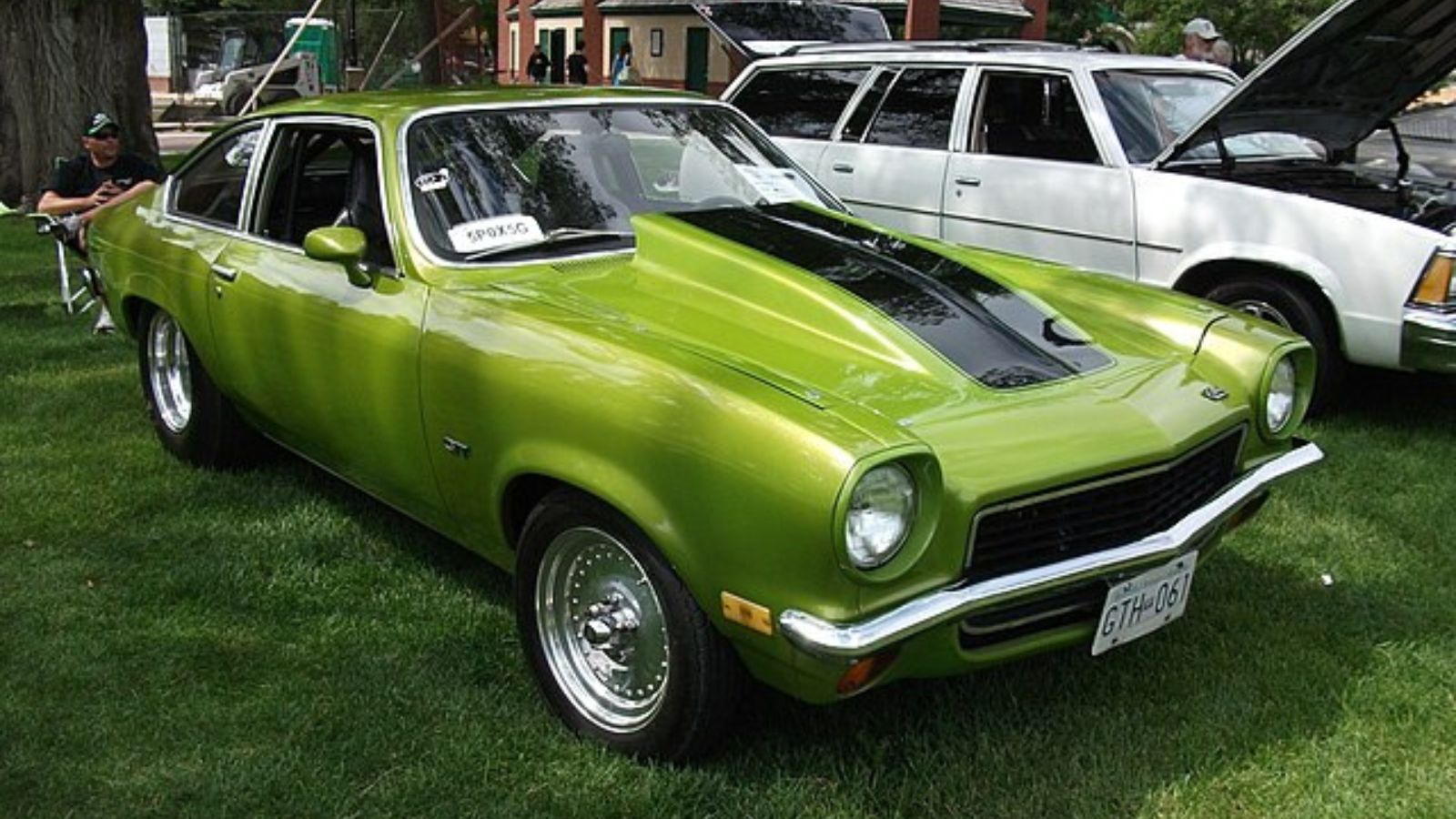
The Vega is one of GM’s most infamous disasters. Built from 1970 to 1977, it looked sleek but was cursed with wafer thin sheet metal and no effective rust protection. In cold climates, owners reported rust spots in as little as two years. Today, restored Vegas are extremely rare, and rust free shells are prized as starting points for restorations.
Dodge Aspen

The Dodge Aspen, introduced in 1976, sold well initially but quickly became infamous. Rust hit the fenders, doors, and underbody so aggressively that Chrysler faced lawsuits and recalls. Many Aspens were scrapped by their first decade. Surviving examples without major rust damage are now uncommon and often require expensive welding to restore.
Plymouth Volare
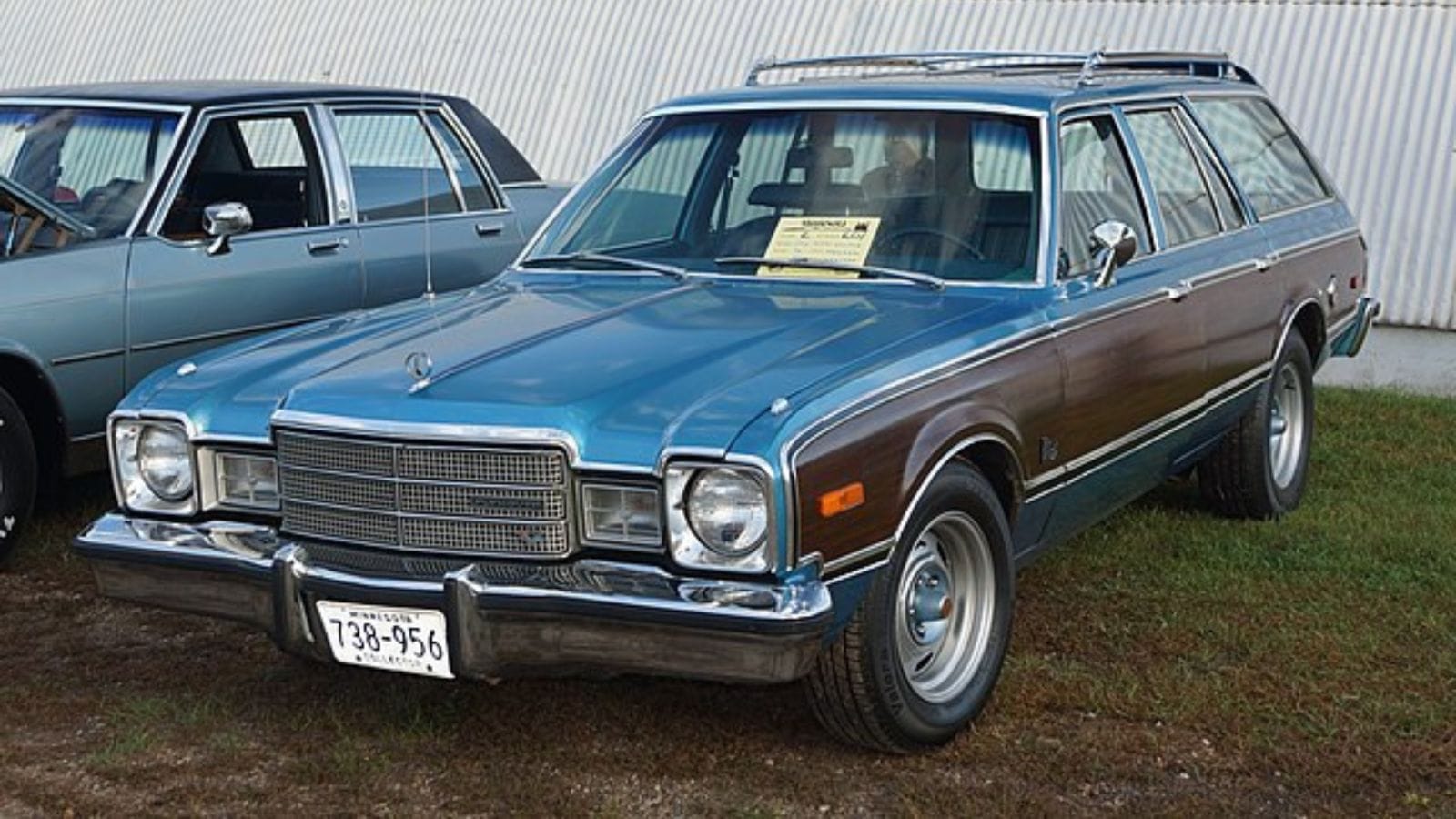
The Volare, Chrysler’s sibling to the Aspen, shared the same problems. Owners in the Rust Belt complained about floorpans that rotted through before the car hit 60,000 miles. Collectors tend to avoid the model unless it is a rare performance trim in rust free condition, which is increasingly hard to find.
Datsun 240Z
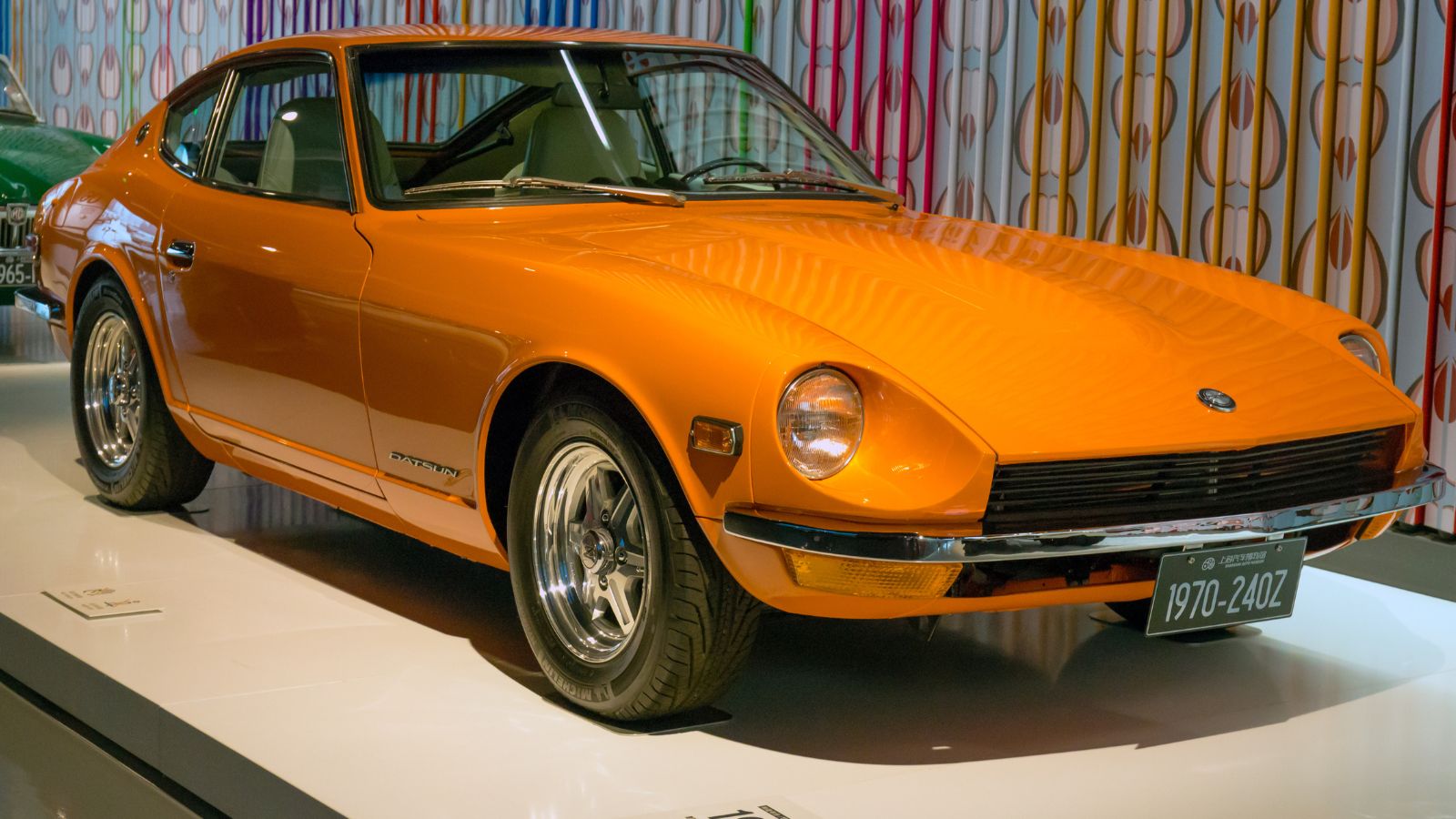
The 240Z wowed buyers in 1970 with sports car looks and a low price. But moisture and salt quickly destroyed its floorboards, wheel wells, and frame rails. Finding a clean 240Z today is nearly impossible in northern states. Values for rust free survivors often reach 50,000 to 80,000 dollars, proving just how much rust shaped its legacy.
Chevrolet Chevette
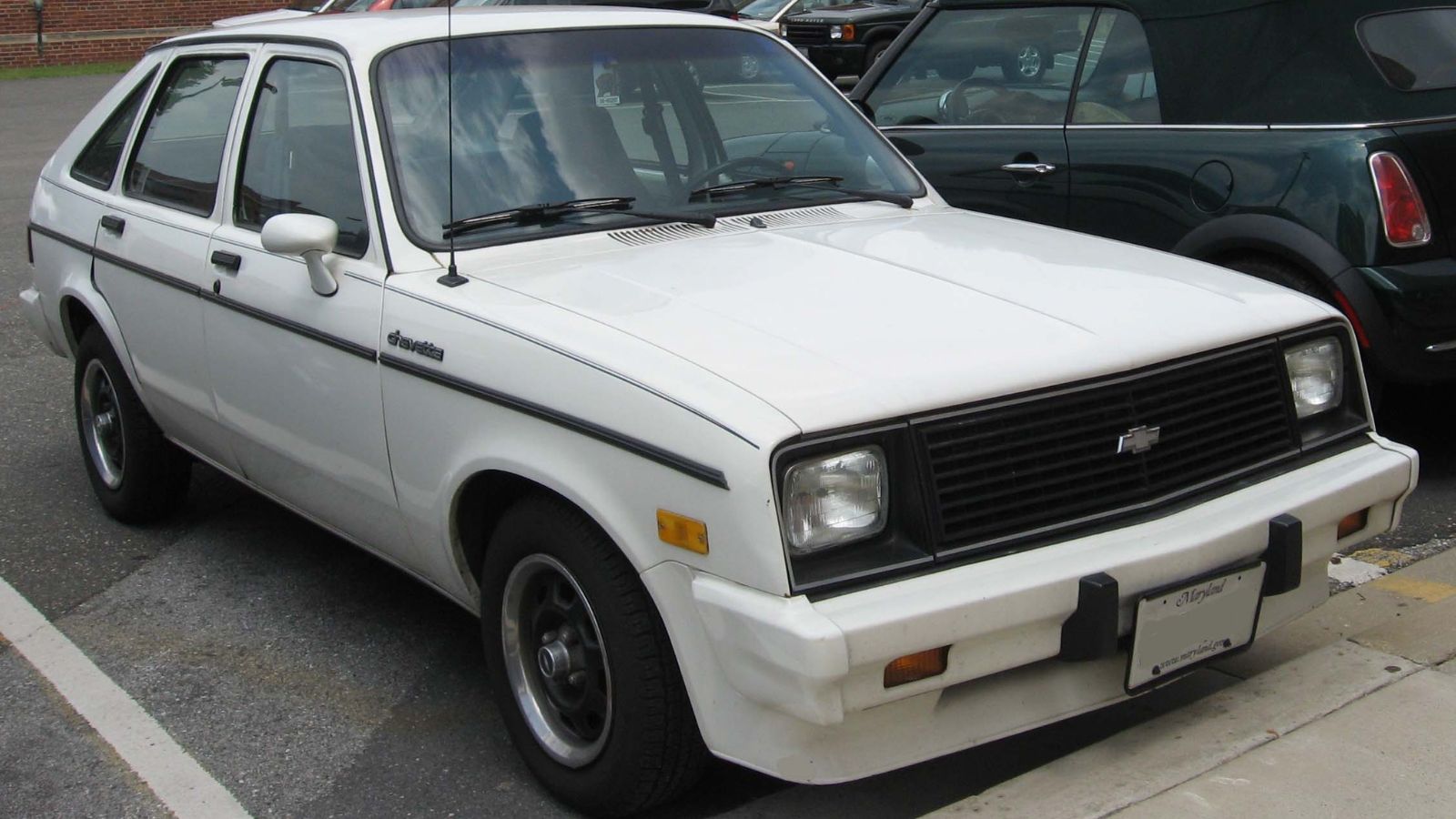
Cheap to buy and cheap to own, the Chevette was never glamorous. Adding to its misery was a body that rusted rapidly in wheel arches and rockers. Most ended up in junkyards by the 1990s. Ironically, rust free survivors have become curiosities, sometimes selling for far more than their original sticker price.
Ford Maverick
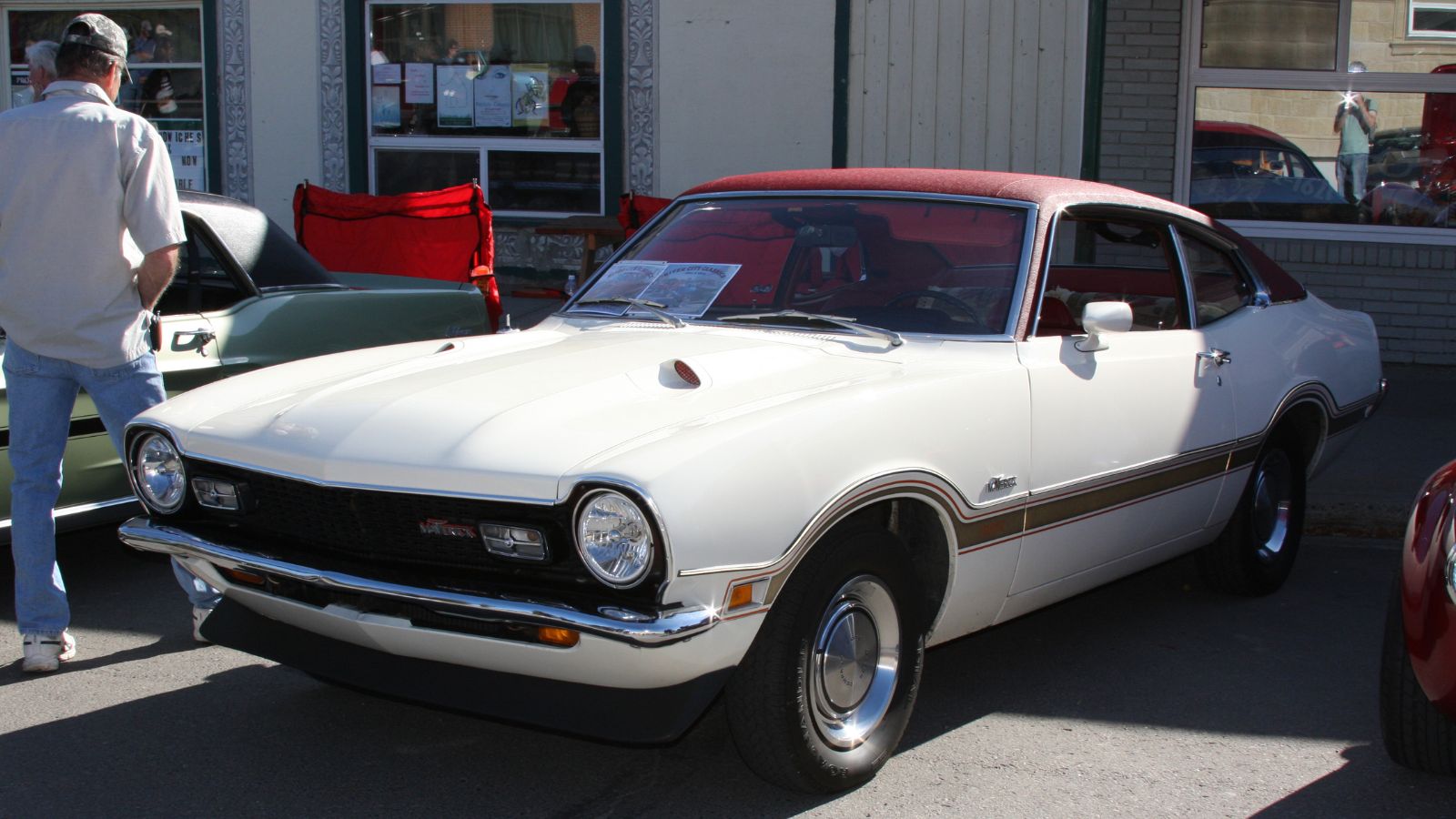
The Maverick was an affordable compact coupe and sedan, but its lower quarters and trunk floor trapped salt and moisture. While Ford sold nearly three million Mavericks, few survived more than a decade in rust prone regions. Collectors now prize solid examples because restoration costs often exceed the car’s value.
Pontiac Astre

As Pontiac’s version of the Vega, the Astre inherited all of its sibling’s weaknesses. Corrosion showed up everywhere from the door bottoms to the suspension mounting points. Today, Astres are almost nonexistent in original condition. Restoring one is a labor of love rather than a profitable project.
AMC Hornet
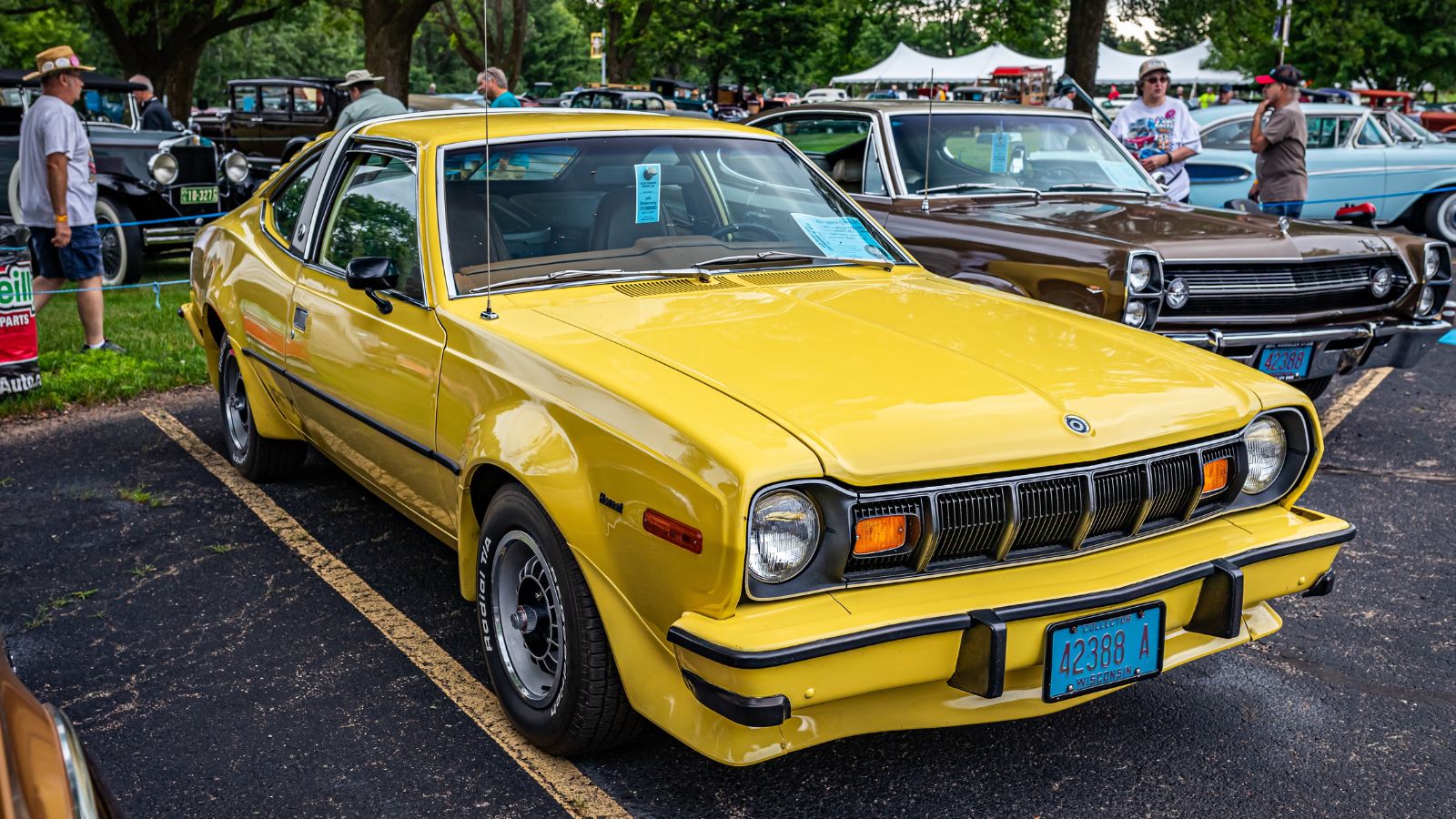
Practical and available in many body styles, the Hornet was reasonably popular in the 1970s. But rust ate away at its seams and undercarriage, especially in northern climates. Solid Hornets are rare finds today, and restoration costs can be extensive, pushing even mild examples into collector territory.
Toyota Corolla (Early Imports)

Toyota built a reputation for reliability in the 1970s, but early Corollas were not protected from corrosion. Owners in the Midwest often saw rocker panels and floorpans vanish in a few winters. Toyota addressed these issues in later generations, which is why clean early Corollas now fetch 15,000 to 30,000 dollars.
Chevrolet Citation
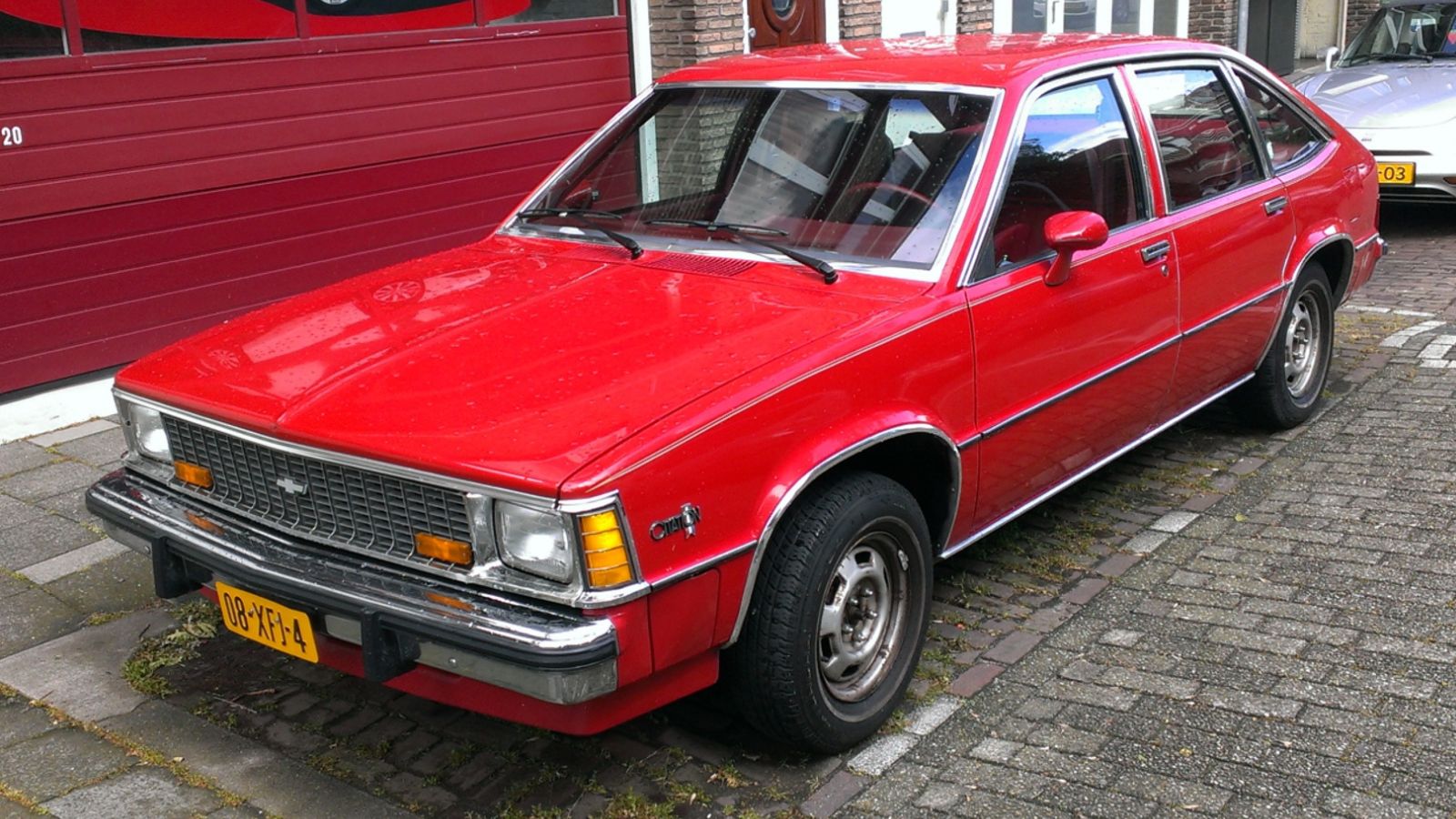
GM’s first front wheel drive compact launched in 1980, but poor engineering left it prone to rust. Moisture trapped in seams led to doors and floors rotting out. Combined with reliability problems, the Citation collapsed in value quickly. Today, most examples are gone, and rust free survivors are practically museum pieces.
Plymouth Horizon / Dodge Omni
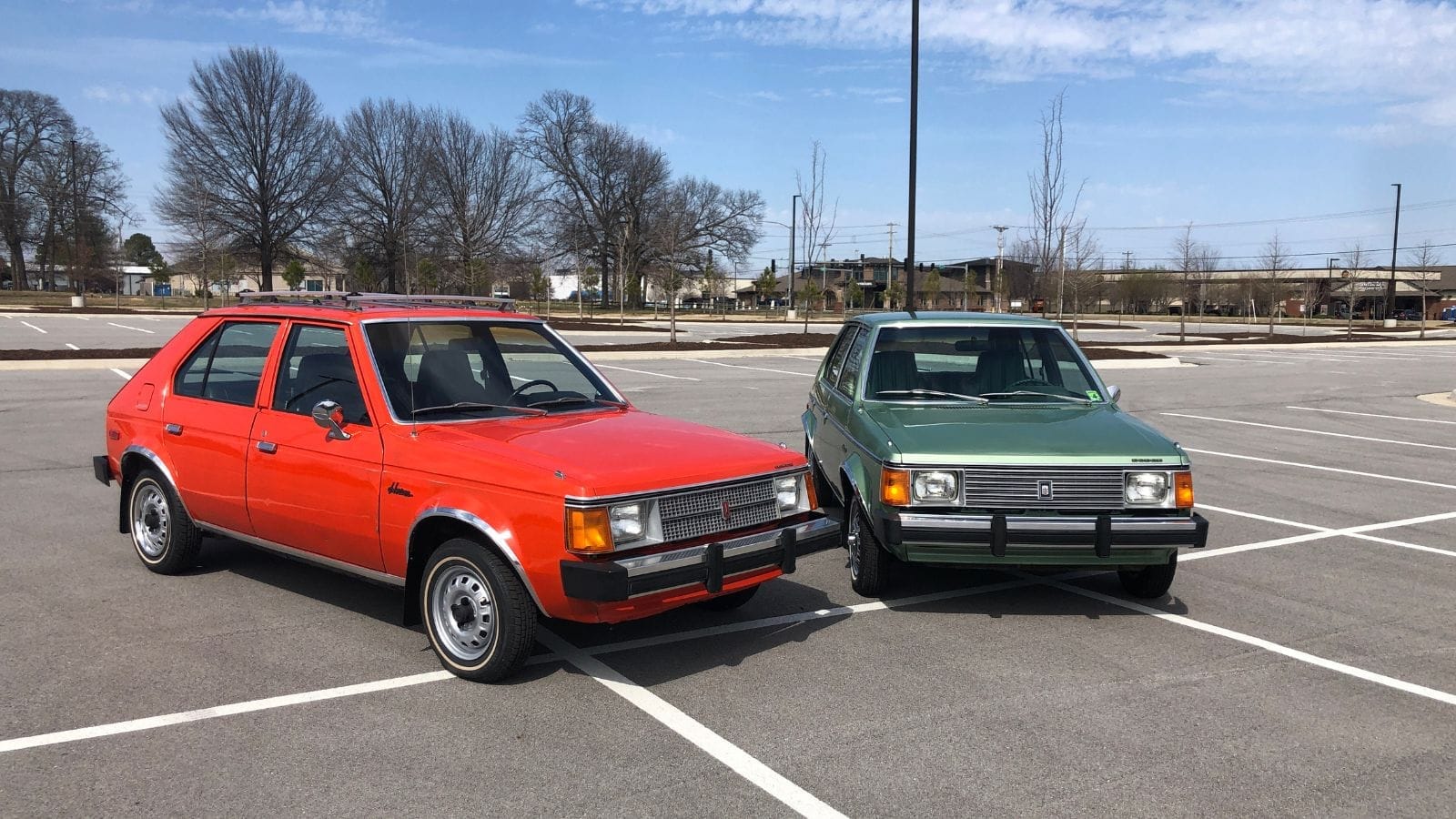
Marketed as Chrysler’s answer to compact imports, these cars sold well in the late 1970s and early 1980s. But in snowy regions, rocker panels and floorboards disintegrated fast. Few Horizons or Omnis exist today in original condition. Clean survivors are cherished by enthusiasts who appreciate their place in Chrysler history.
Subaru 360 and Early Subarus
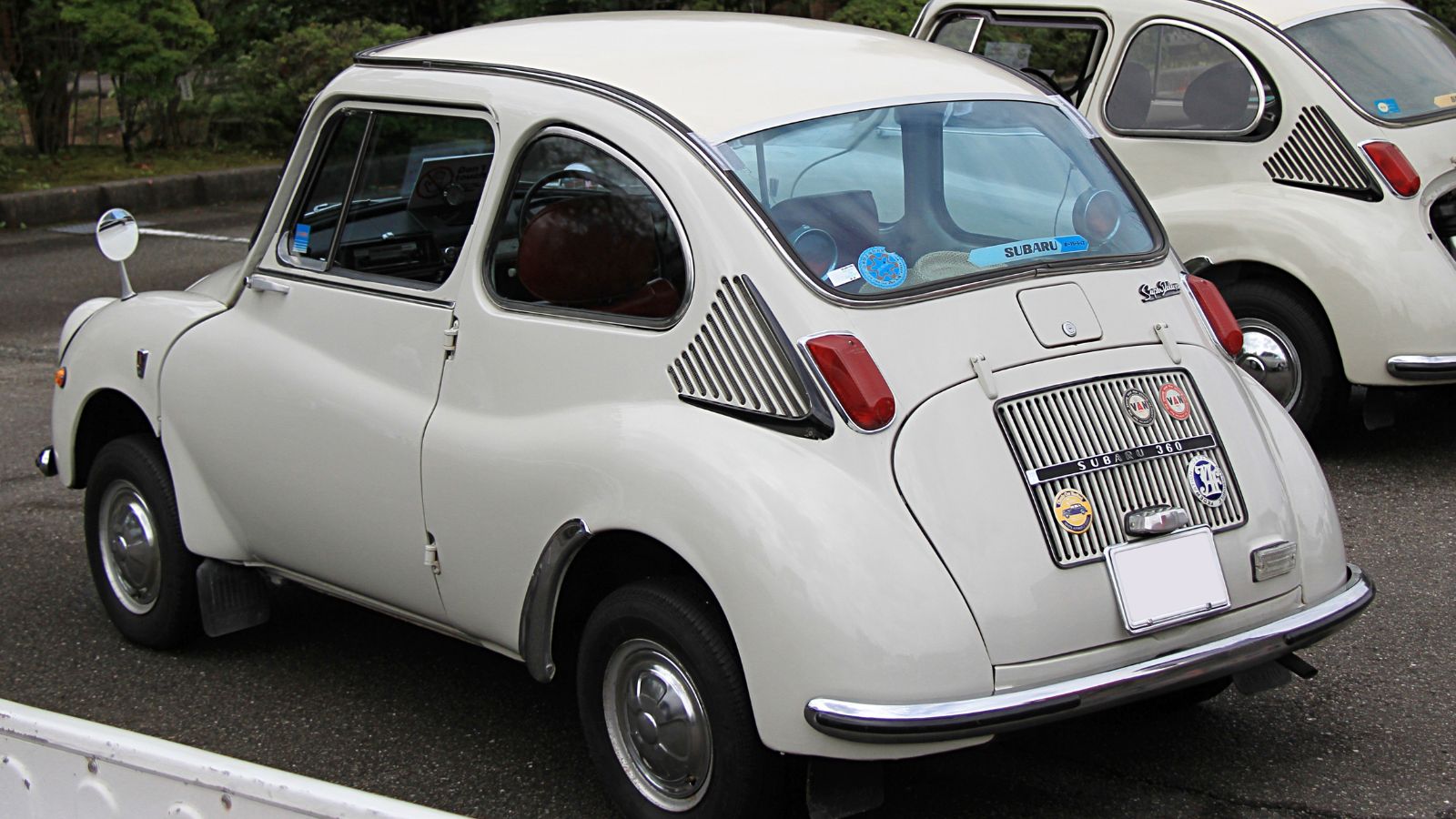
Subaru entered the US market in the late 1960s with the quirky 360 and later compact models. Their tiny engines and lightweight bodies were paired with terrible rustproofing. Frames, floors, and body seams often disappeared within five years. Finding any early Subaru in rust free condition today is so rare that collectors pay significant premiums.
Mercury Bobcat
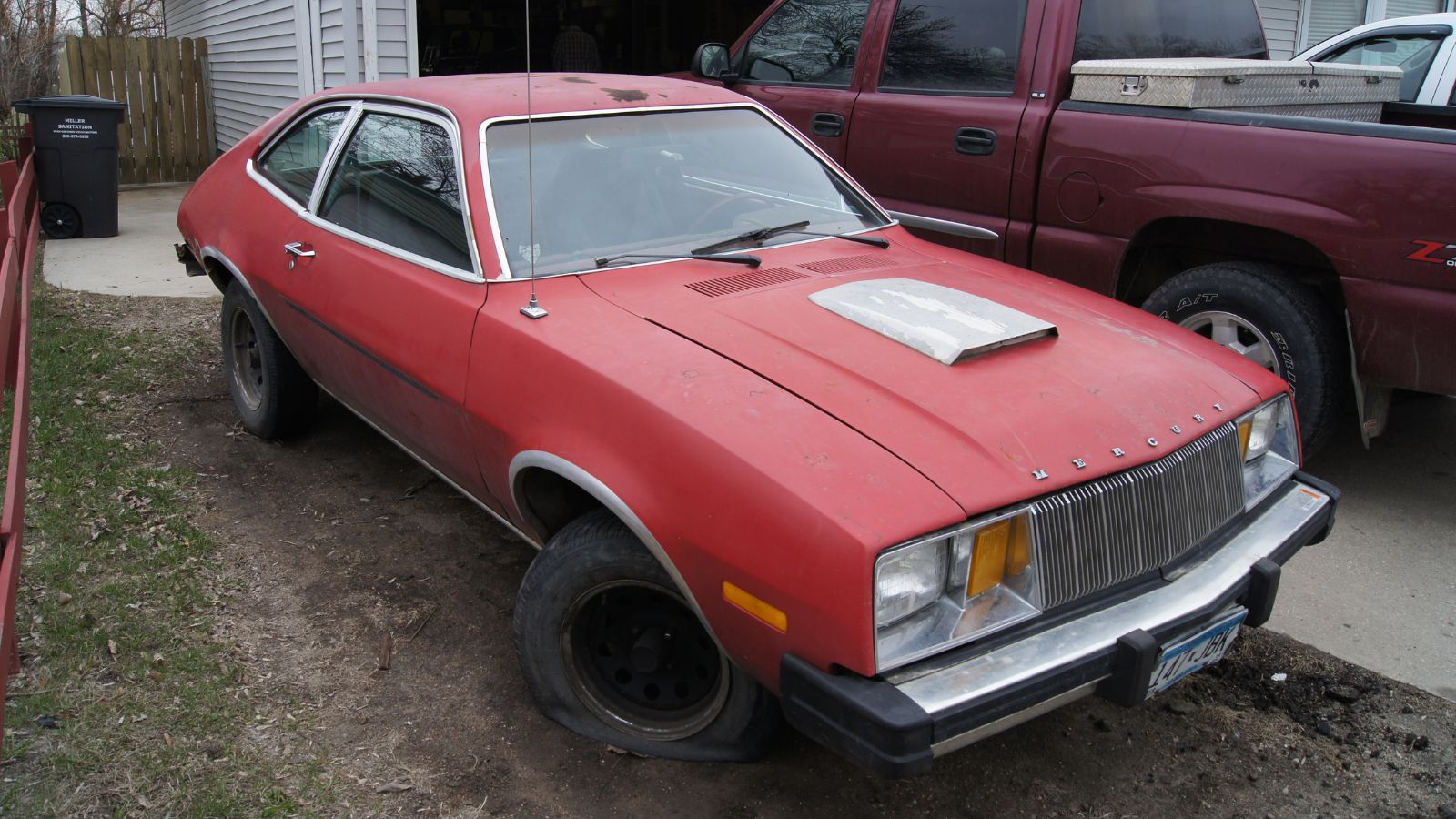
Essentially a rebadged Ford Pinto, the Mercury Bobcat suffered all the same rust problems. Fenders and rocker panels were notorious weak points. Because the Bobcat sold in much smaller numbers, survivors are incredibly rare. Clean, rust free examples are valued simply because so few exist at all.
Why Rust Ruined Values
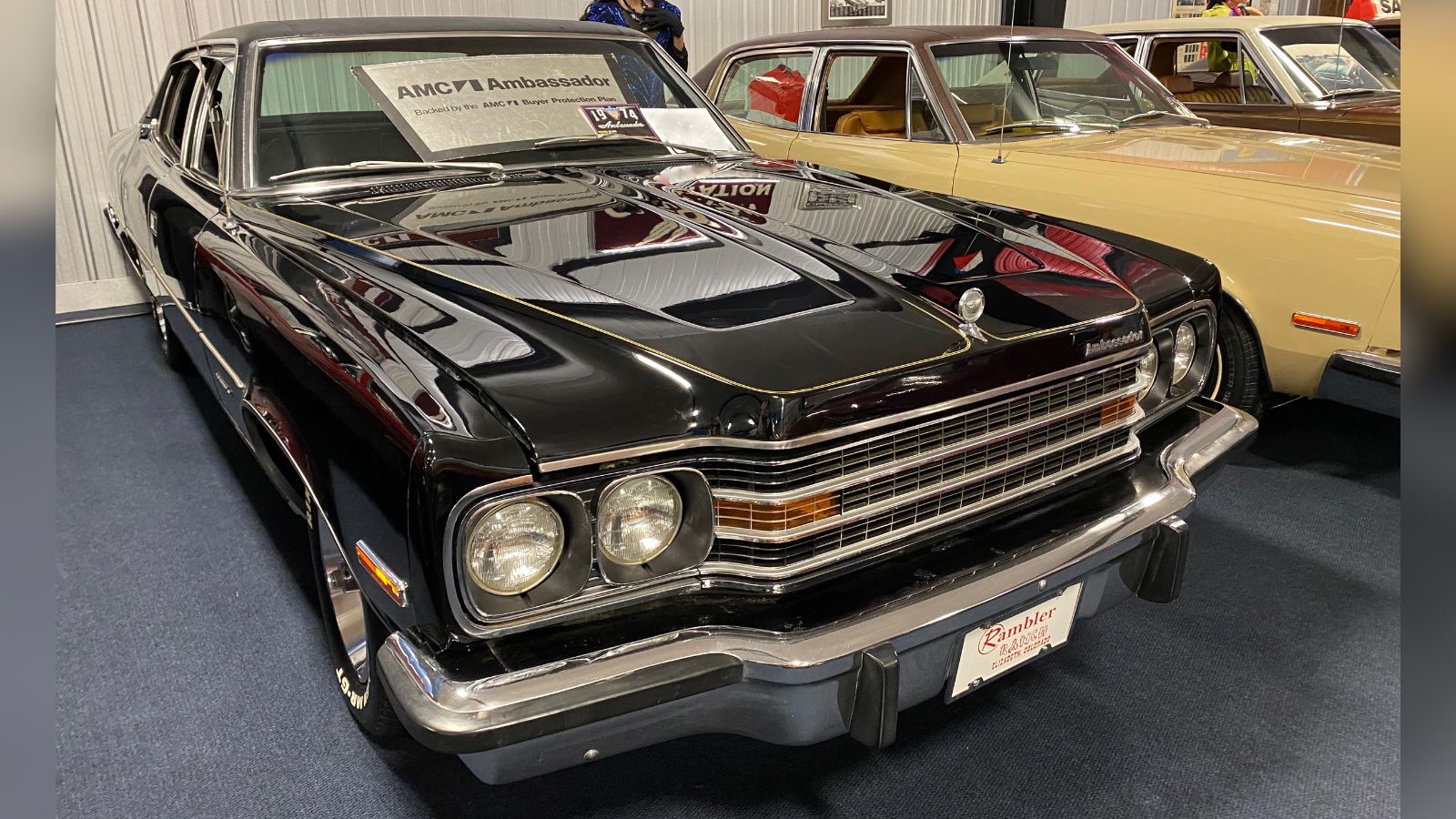
Rust did not just shorten the life of these cars, it destroyed their market reputation. Cars that rotted early lost resale value quickly, becoming disposable rather than cherished. Owners in northern states often watched their cars disintegrate before reaching 100,000 miles. This stigma stuck with brands like AMC, Datsun, and Subaru for years until they improved protection.
The Collector Market Today
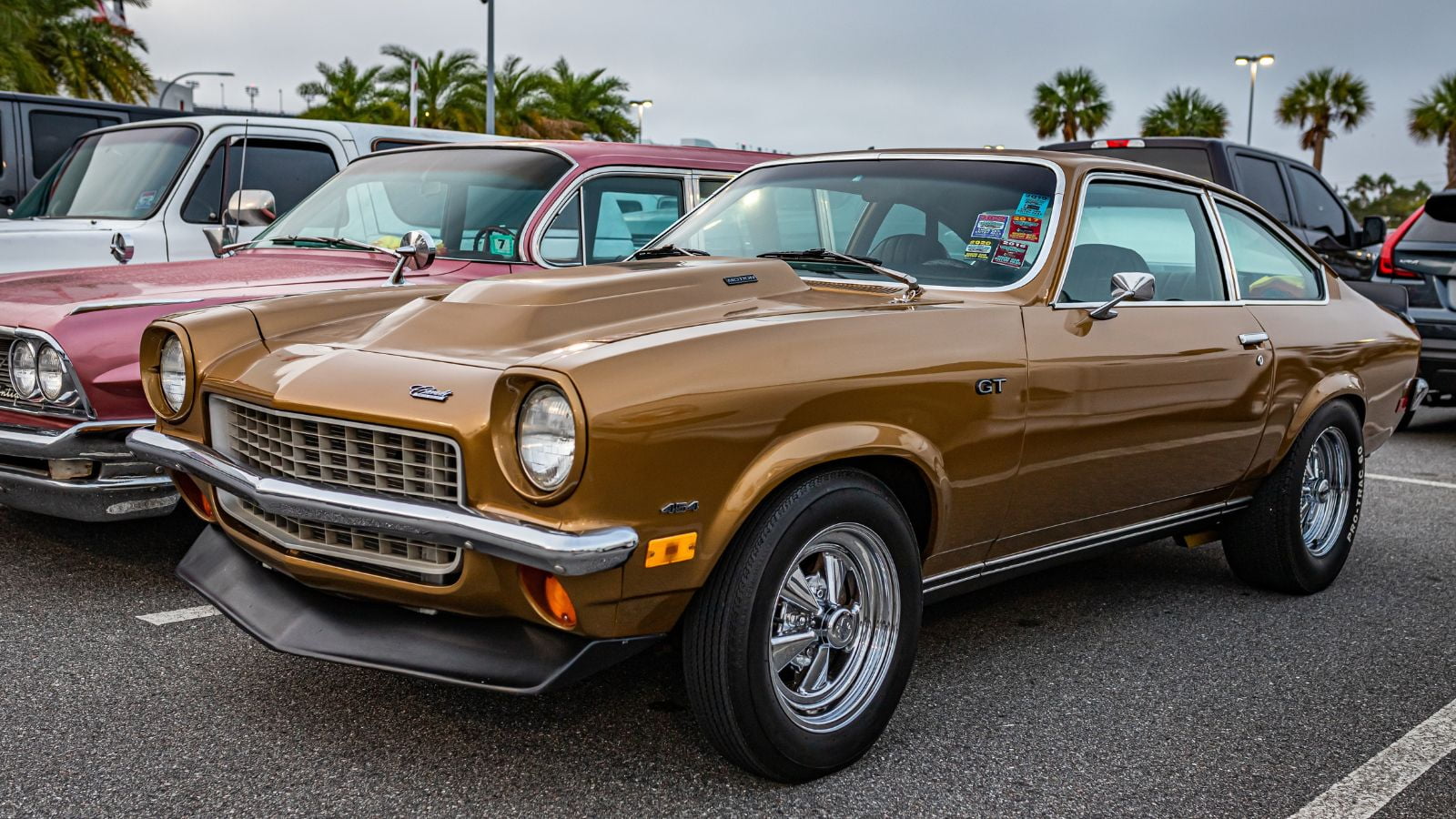
Ironically, the very cars mocked for rust are now highly collectible when preserved. A rust free Vega or Gremlin will draw far more attention at an auction than a restored version, because originality is almost impossible to find. Collectors are willing to pay premiums that often exceed 30,000 to 50,000 dollars for spotless survivors of otherwise unloved models.
Restoration Costs and Challenges
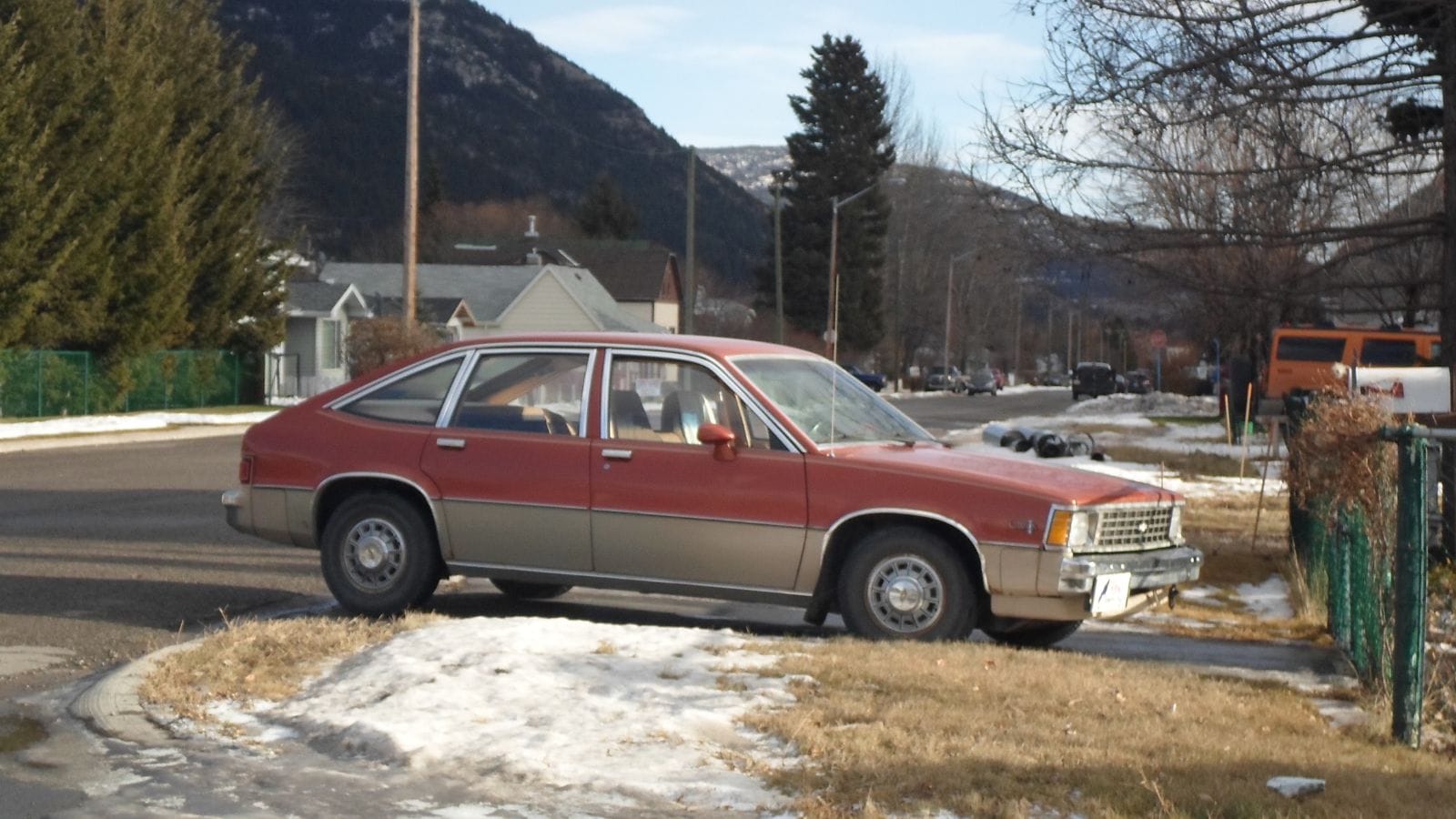
Restoring one of these rust prone cars is rarely profitable. Replacement panels are scarce, and extensive welding is usually required. Enthusiasts often spend more than the car’s final value to save it. Still, for collectors who grew up with these cars, the reward is not financial, it is sentimental. That is why rust free survivors matter so much in today’s classic car world.
25 Facts About Car Loans That Most Drivers Don’t Realize

Car loans are one of the most common ways people fund car purchases. Like any other kind of loan, car loans can have certain features that can be regarded as an advantage or a disadvantage to the borrower. Understanding all essential facts about car loans and how they work to ensure that you get the best deal for your financial situation is essential. Here are 25 shocking facts about car loans that most drivers don’t realize:
25 Facts About Car Loans That Most Drivers Don’t Realize
